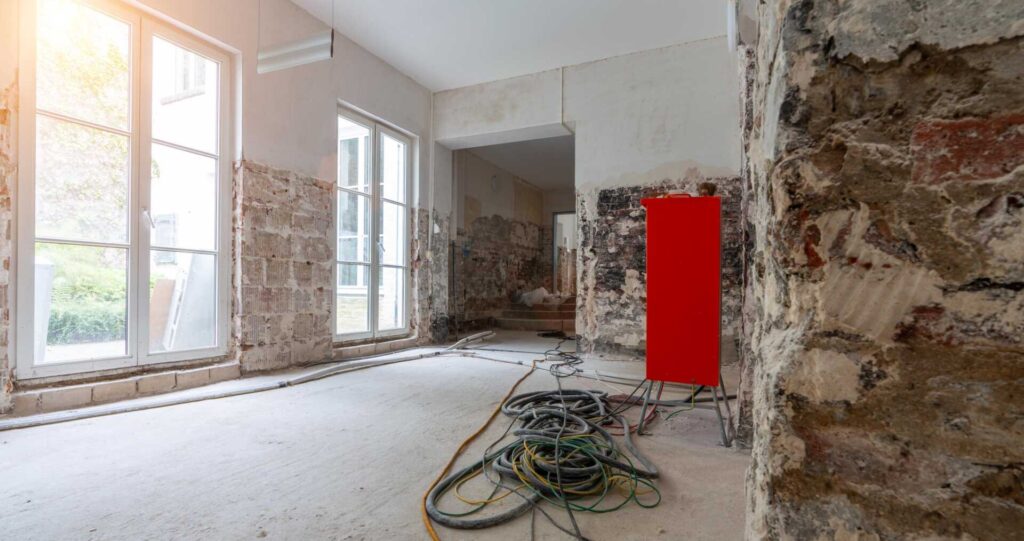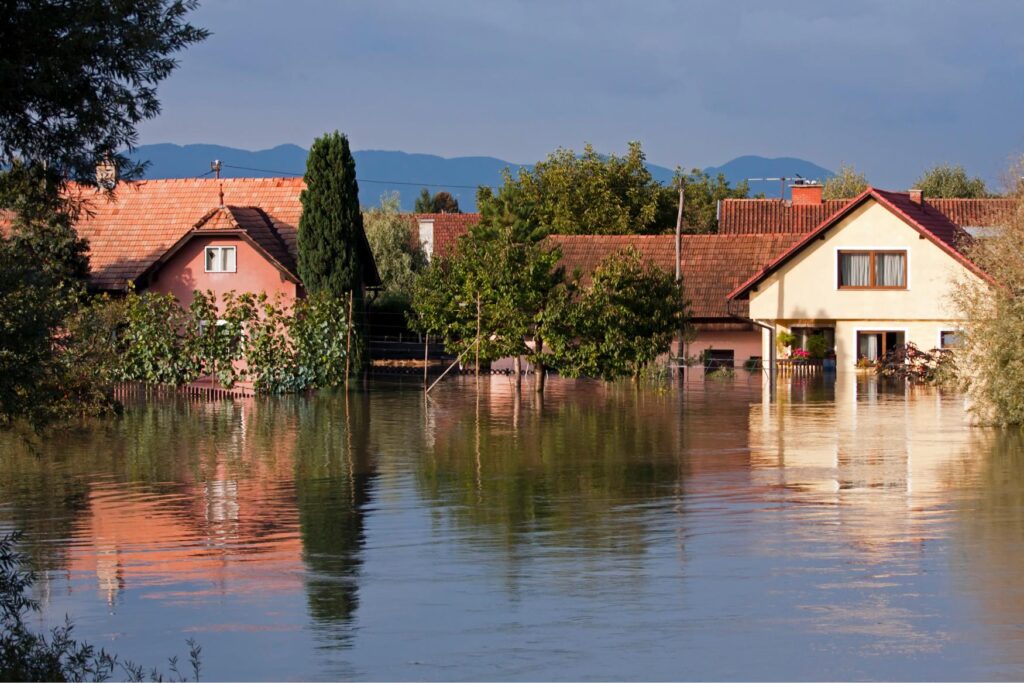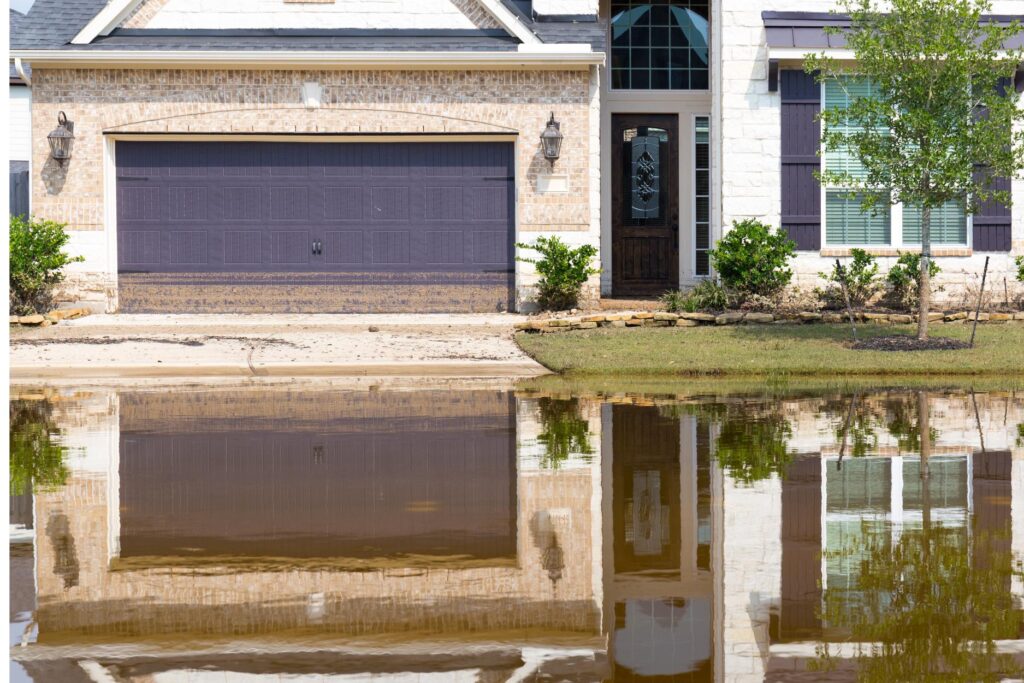Contents
When facing the aftermath of water damage, traversing the restoration process can be challenging. Imagine having a clear roadmap that simplifies the intricate task ahead of you, ensuring a successful recovery for your property. By following these five steps meticulously, you lay the foundation for effective water damage restoration. Each stage holds an essential piece of the puzzle, leading you toward the ultimate goal of restoring your space to its former glory. Let’s explore these vital steps together, unraveling the key elements that make up a thorough restoration plan.
Initial Assessment and Inspection
During the initial evaluation and inspection phase of water damage restoration, your primary goal is to thoroughly examine the extent of the damage caused by water intrusion. Begin by analyzing the affected areas, including walls, ceilings, floors, and any belongings that may have been impacted. Look for visible signs of water damage, such as discoloration, warping, or mold growth. It’s vital to document all findings through photographs and detailed notes to ensure a thorough understanding of the situation.
Next, identify the source of the water intrusion to prevent further damage. Common sources include burst pipes, leaking roofs, or flooding. By determining the cause, you can take appropriate steps to address the issue and prevent future incidents. Pay close attention to concealed areas where water may have seeped, such as behind walls or under flooring.
Once you have evaluated the damage and identified the source of the water intrusion, develop a plan for restoration. This plan should outline the necessary steps to mitigate the damage, restore affected areas, and prevent mold growth. Communicate this plan with all stakeholders involved in the restoration process to ensure a coordinated effort.
Water Extraction and Drying
To effectively address water damage, the process of water extraction and drying is vital in restoring the affected areas. Water extraction involves the removal of standing water using specialized equipment like pumps and vacuums. This step is important to prevent further damage to the structure of your home and to mitigate the risk of mold growth.
Once the excess water is removed, the drying process begins. Industrial-grade dehumidifiers and air movers are used to dry out the remaining moisture from surfaces like walls, floors, and furniture.
During the drying phase, it’s crucial to monitor humidity levels to ensure that the affected areas are thoroughly dried. This prevents the growth of mold and mildew, which can cause health issues and further damage to your property. Proper ventilation is also key in expediting the drying process.
The duration of the water extraction and drying process can vary depending on the extent of the water damage. It’s essential to be thorough in this step to avoid future complications. Hiring a professional water damage restoration team can ensure that the extraction and drying process is done efficiently and effectively, giving you peace of mind that your home is being restored correctly.
Mold Remediation and Prevention
Mold remediation and prevention are crucial aspects of water damage restoration, ensuring the safety and health of your home. Mold can quickly develop in damp environments, posing serious health risks and causing damage to your property. To effectively address mold after water damage, it’s vital to act promptly and diligently.
Begin by thoroughly inspecting your home for any signs of mold growth. Mold can appear as discolored patches on walls, ceilings, or floors and may produce a musty odor. If mold is detected, it’s important to contact professionals experienced in mold remediation to handle the situation safely and effectively.
The remediation process involves containing the affected area to prevent mold spores from spreading further. Professionals will then remove the mold using specialized equipment and cleaning solutions.
After removal, it’s essential to address the root cause of the moisture issue to prevent future mold growth. This may involve repairing leaks, improving ventilation, or enhancing insulation.
To prevent mold growth in the future, maintain a well-ventilated and dry environment in your home. Regularly inspect areas prone to moisture, such as basements, bathrooms, and attics, and address any leaks or water damage promptly. By staying proactive and vigilant, you can safeguard your home against the risks associated with mold growth.
Structural Repair and Restoration
Amidst the aftermath of water damage, addressing structural repair and restoration is vital to restoring the integrity of your home. Here are some essential steps to secure a thorough structural repair and restoration process:
Assessment and Planning: Begin by conducting a detailed evaluation of the extent of the structural damage. Identify areas that require repair or replacement, such as weakened walls, floors, or ceilings. Develop a complete plan outlining the necessary repairs and restoration tasks. This initial step sets the foundation for a successful restoration process.
Reinforcement and Reconstruction: Once the assessment is complete, focus on strengthening the weakened structures. This may involve replacing damaged materials, reinforcing load-bearing elements, and ensuring structural stability. Reconstruction efforts should align with building codes and standards to ensure the safety and durability of your home.
Moisture Control and Prevention: Implement effective moisture control measures to prevent future water damage and mold growth. Proper ventilation, waterproofing, and sealing techniques are essential in maintaining a dry and secure environment. Addressing moisture issues proactively safeguards your home against potential structural damage and prolongs the lifespan of your property.
Final Inspection and Cleanup
During the final stages of water damage restoration, the essential steps of final inspection and cleanup play a significant role in maintaining the thoroughness and quality of the restoration process. This phase is vital to confirm that all water-damaged areas have been properly addressed and restored to their pre-damage condition. Here are the key steps involved in the final inspection and cleanup process:
| Final Inspection and Cleanup Steps | Description | Importance |
|---|---|---|
| 1. Thorough Assessment | Conduct a detailed inspection to identify any remaining signs of water damage or mold growth. | Confirms all issues are addressed before completion. |
| 2. Cleaning and Sanitizing | Clean and sanitize all affected areas using appropriate solutions to prevent mold and bacteria growth. | Enhances indoor air quality and prevents health hazards. |
| 3. Drying and Dehumidification | Verify proper drying of all surfaces and use dehumidifiers to remove excess moisture from the air. | Prevents mold growth and structural damage. |
| 4. Final Walkthrough | Conduct a final walkthrough with the client to ensure satisfaction and address any concerns. | Provides confidence and quality control. |
Wrap-Up
Now that you have followed these five steps for effective water damage restoration, your property is well on its way to being restored to its pre-damaged state. By carefully evaluating, extracting, remedying, repairing, and inspecting, you have taken the necessary actions to ensure a thorough and successful recovery process. Remember, attention to detail and methodical execution are key to achieving the best results in water damage restoration.




